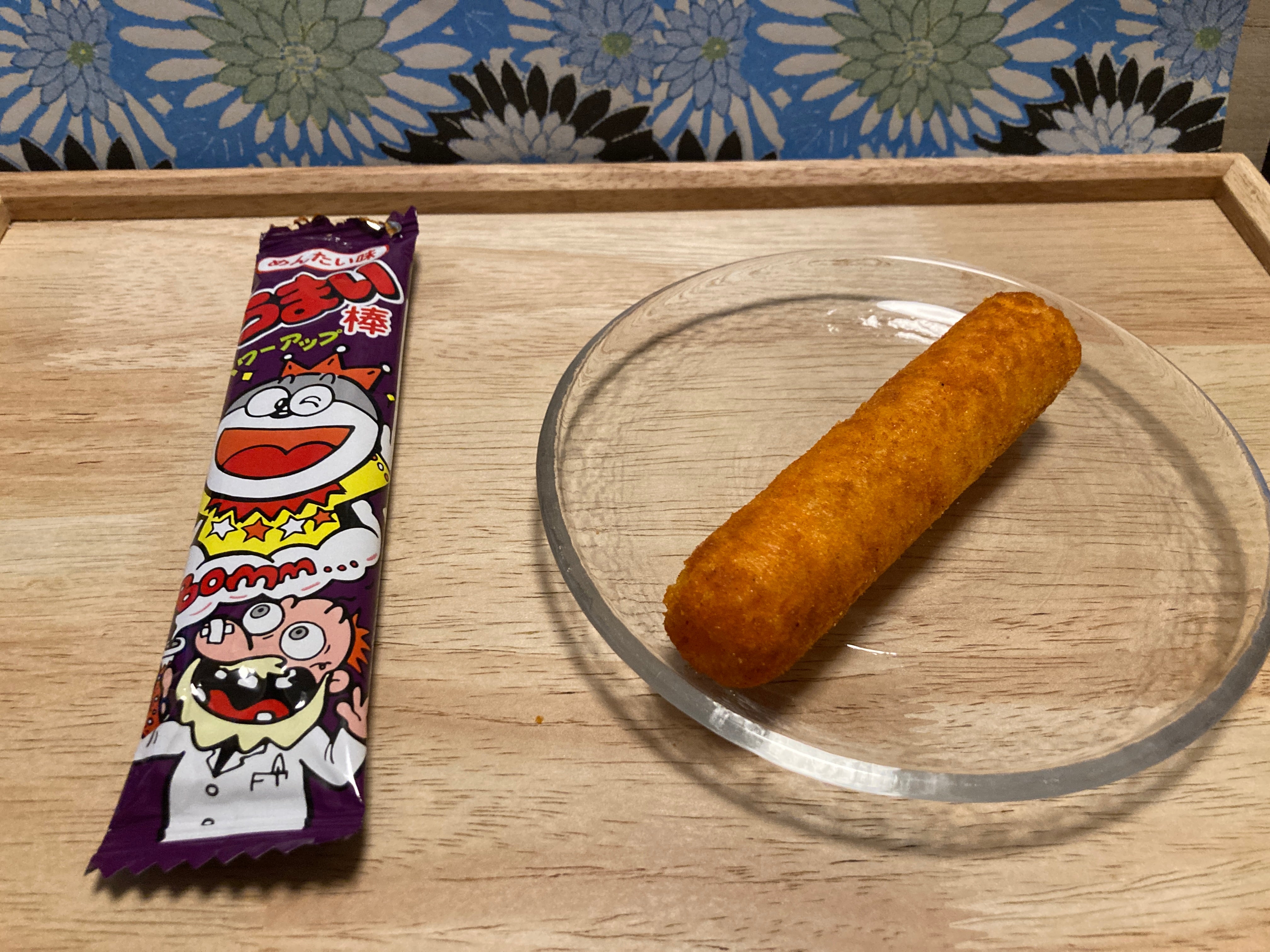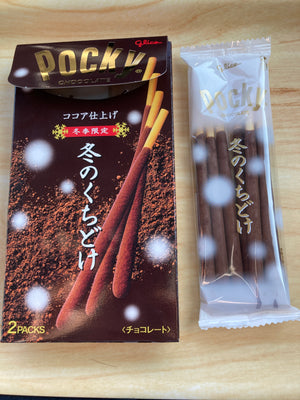"Umaibo" is a snack that's been loved in Japan for decades, an icon of Japanese "dagashi" (traditional snacks) culture. From children to adults, Umaibo has captured the hearts of many across generations. Today, I'll share my thoughts on the popular "Mentai" (spicy cod roe) flavor and the unique appeal of Umaibo.

My Connection to Umaibo
Growing up, I didn’t eat Umaibo that often, but I always felt a bit envious when friends received them as treats from their parents. One special memory I have is from my family’s barbershop. Whenever kids finished their haircut, they’d receive a Umaibo as a treat. I remember how this small tradition brought joy to the neighborhood kids and left a lasting impression on me.

Mentai Flavor Review
The "Mentai" flavor of Umaibo has an impressive appearance and spicy aroma that immediately catches your attention. When you take a bite, the slightly spicy, savory taste fills your mouth, creating an addictive flavor experience. It has just the right amount of spice, making it enjoyable for both kids and adults.
This deep, rich flavor gives Umaibo a satisfying quality, and I remember being pleasantly surprised by its boldness the first time I tried it. It’s clear why people think of "Mentai" when they think of Umaibo—it’s a classic with a strong flavor that’s incredibly satisfying on its own.


The Dagashi Culture and Umaibo
Umaibo has been offered at an affordable price for years, making it a staple in Japanese "dagashi" culture. "Dagashi" snacks are fun and inexpensive, and one of their most charming aspects is the variety of flavors they offer. Umaibo Mentai flavor is a great example of this, maintaining its quality and unique taste over time. It's a snack that transcends generations, loved by people of all ages.


Dagashi: A Japanese Snack Culture for the Common People
Dagashi, a unique Japanese snack culture, first became popular among commoners during the Edo period. Unlike the high-quality, refined “jogashi” sweets made with expensive white sugar and reserved for the upper class, dagashi was made with affordable ingredients like starch syrup, raw sugar, and grains. The term "dagashi," meaning "inferior sweets," emerged to distinguish these snacks from their pricier counterparts. Known for their affordability and accessibility, dagashi became beloved everyday treats. Today, they continue to be cherished across generations in Japan, offering a nostalgic taste of the past.


Conclusion
Umaibo Mentai flavor offers a quick, fun way to experience Japanese taste and snack culture. When you visit Japan, I highly recommend grabbing one at a local convenience store or supermarket. It’s a nostalgic treat for me, and I hope everyone has a chance to enjoy the simple joy of Umaibo.
If you’re curious about Umaibo, give it a try!




